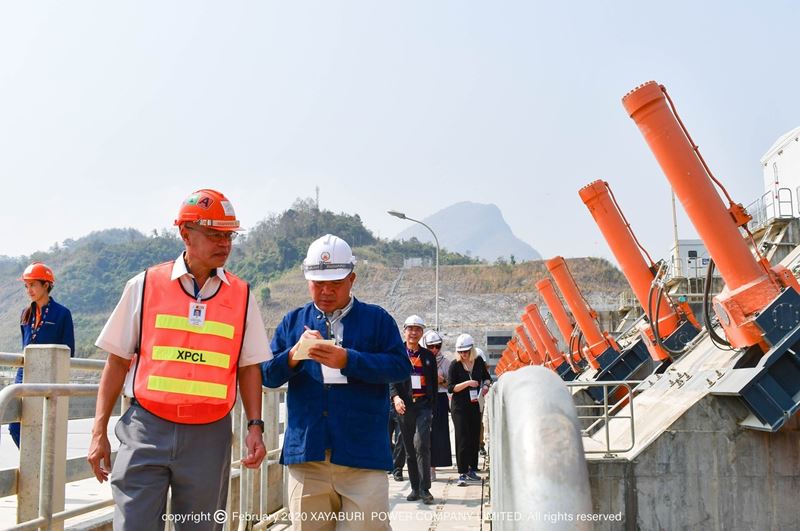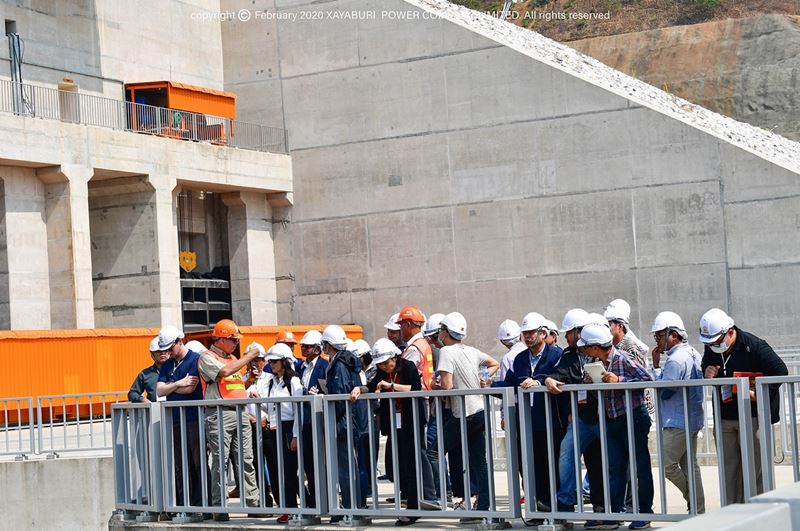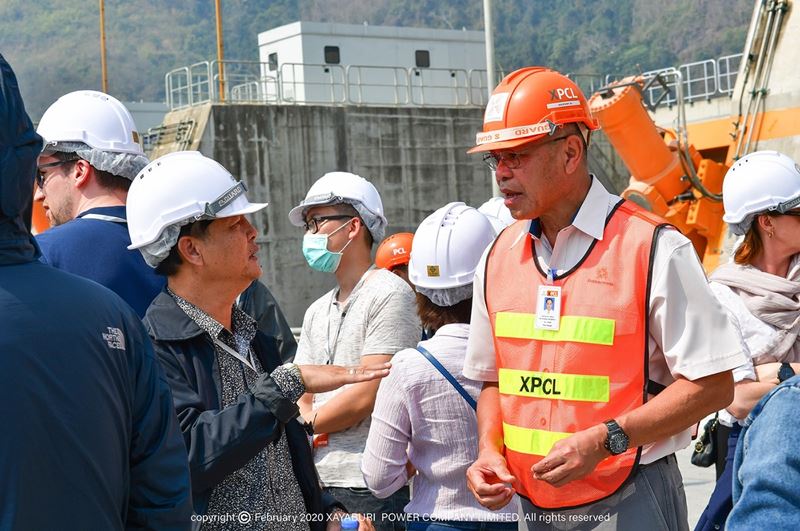Press Releases
MRC invites the press to visit the Xayaburi Hydroelectric Power Plant, proving transparency in water and sediment management.
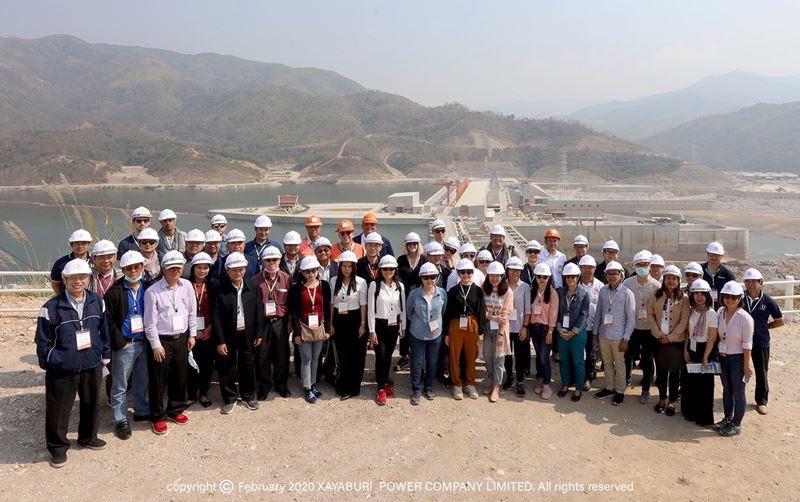
Today (February 7, 2020), Mr. Anulak Kittikun, Head of the Mekong River Commission Secretariat and Head of Strategy and Cooperation of MRC, welcomed representatives of MRC member countries, officials from the Ministry of Energy and Mines, the People’s Republic of Laos, environmental researchers, and 50 members of the international press to visit the Xayaburi Hydroelectric Power Plant and observe its electricity management and production operations, which officially commenced on October 29, 2019.
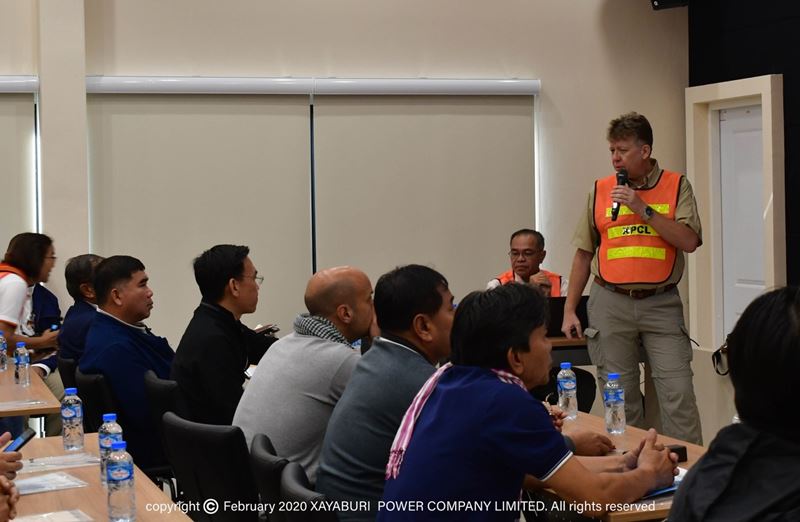
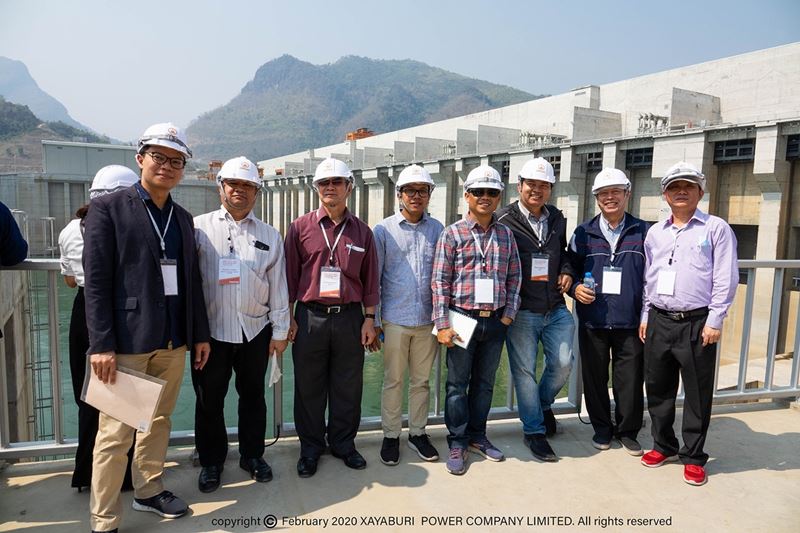
During this visit, executives of the Xayaburi Power Plant introduced the guests to the run-of-river hydroelectric power plant, which features cutting-edge technology in its construction, management by a team of run-of-river hydroelectricity experts, sediment management system, multi-system fish passage facilities, and a navigation lock in which the power plant management team placed the utmost importance, investing an additional 19,400 million baht, as well as explained the relocation of residents in project areas prior to construction to allocated communities with complete public utility systems. Additionally, the executive team shed light on the operation of the power plant in order to address the misconception that the Xayaburi Power Plant is responsible for water retention that affects downstream water levels in the Mekong, thus clarifying that the power plant is not the cause of the current drought crisis, nor does its operation involve sediment retention. Furthermore, electricity generation at the power plant does not cause the Mekong to change colors, as the river is typically blue-green during the dry season, changing to brown annually during flood season due to the influx of water from tributaries depositing large amounts of sediments into the Mekong. Finally, the ongoing drought crisis is not unique to the Mekong but also affects other regions of the People’s Republic of Laos and Thailand. Based on statistics, the Xayaburi management team predicts that during the rainy season this year, beginning in November, the water levels in the Mekong will be comparable to average levels in a typical year.
